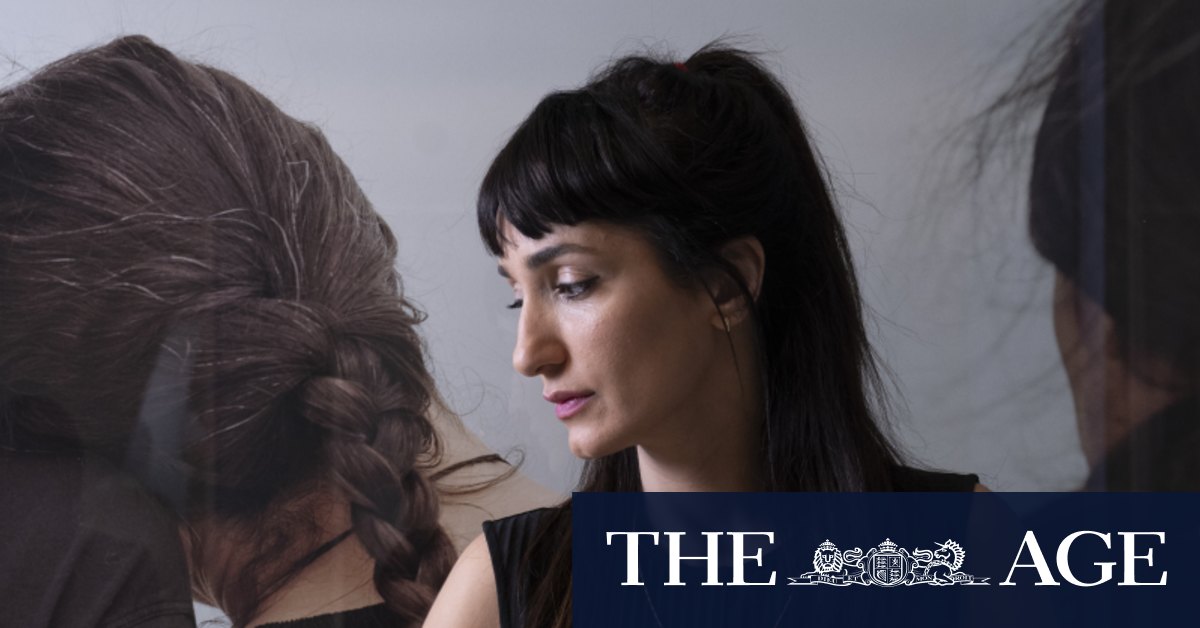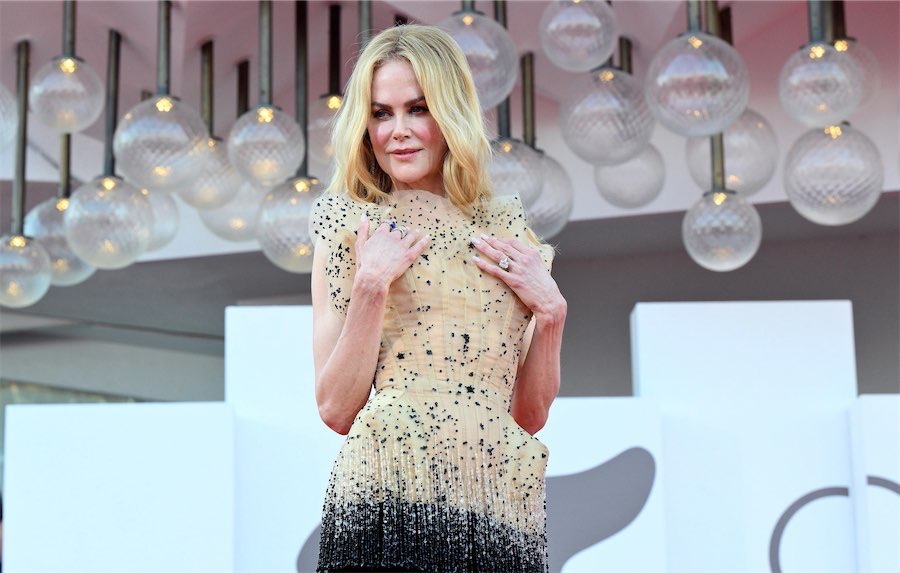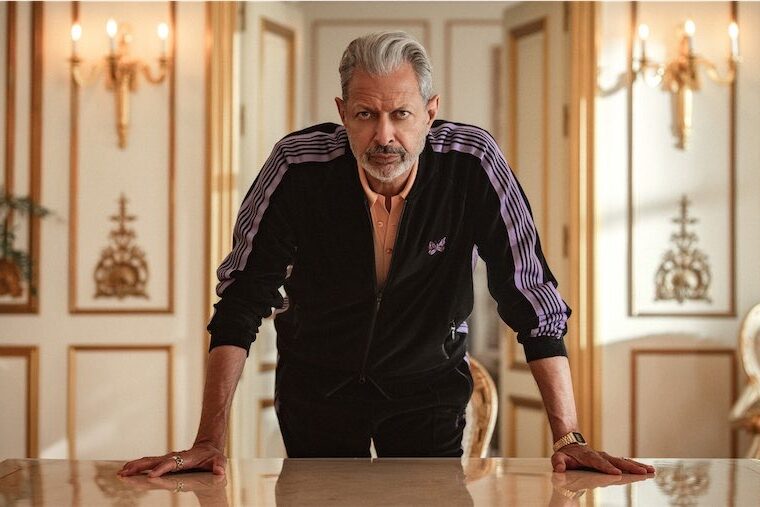We’re sitting in a darkened space, home to Afshar’s best-known series, the internationally acclaimed Remain (2018). On one wall, a series of black-and-white portraits features men who had sought refuge in Australia, only to be imprisoned on Manus Island. Light glimmers on their bodies. Ramsiyar, a Tamil refugee, cradles a fish. Behrouz Boochani locks eyes with the viewer. In a two-channel video, opposite, the men recite poetry, recount stories of violence and death and murder against white-sand beaches, crystalline ocean.
“The juxtaposition of beauty and violence was the first thing that stood out to me,” says Afshar, who collaborated with the men on the direction of the images. “That is something Behrouz Boochani and I spoke about, the way in which refugees are denied the right to beauty. Refugees are neither angels or demons. It is allowing them the right to be themselves.”
Loading
As a culture, we are desensitised to accounts of trauma. It’s all too easy to turn away. Afshar’s best work involves us in an ethics of looking. What do we choose not to see? Remain led to Agonistes (2020), in which she trained her gaze on whistleblowers, men and women working in immigration, intelligence services, defence and disability care who risked everything to expose abuses of power.
“I wanted to make work about the white Australians who tried to do something,” she says. “And see how society would respond to that. To me, those people are modern tragic figures.”
To make Agonistes, she created 3-D printed sculptures of each whistleblower. When photographed, the eyes were blank. They recalled ancient Greek busts, evoking those failed by democracy. Metaphors haunt Afshar’s images. A Curve is a Broken Line opens with In Turn (2023), a new commission in which image after ravishing image depict Iranian-Australian women such as Afshar. Wearing black, they braid hair, embrace each other, release doves. It responds to the feminist uprising that started in Iran in September 2022 after the death of Mahsa Jina Amini.
“This is what I learned from what women were sharing on social media,” she says. “There was so much poetry. They were standing on bins, holding scarves. These acts of sisterhood – plaiting hair on the streets where there were guards with guns. I was mesmerised.”
The women’s images, Afshar says, were created using mobile phones. Every time they were shared, the quality dropped. So, as when she was starting out, she emphasised what was already there so that it is impossible for a viewer to be unmoved by their courage.
“I used a large-format camera that creates the most detailed images to give the women as much visibility as possible,” she smiles. “It mimics their language. It says ‘we are here, watching you’. It is a visual love poem.”
A Curve is a Broken Line is at the Art Gallery of New South Wales until January 21.





